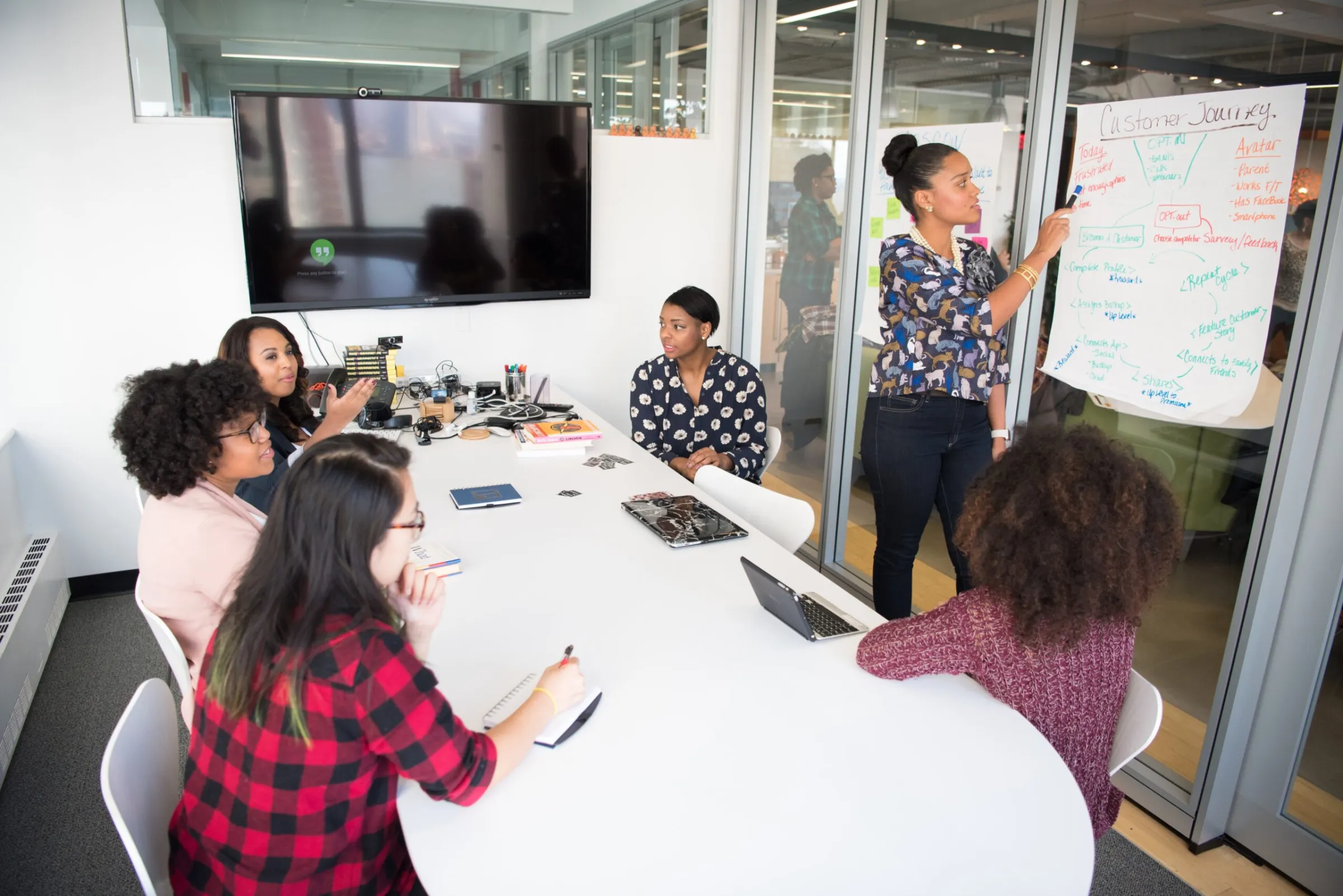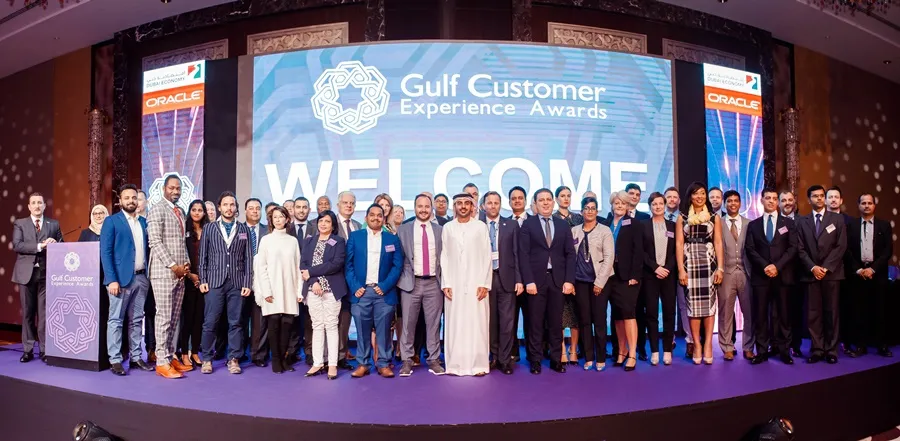Experimentation is core to the lean startup process. It’s vital for figuring out if you’ve made the correct assumptions about your product or service and how your customers will receive it.
As more and more corporates look to adopt the lean startup model, it’s key that they take experimentation seriously.
Owing to the nature of corporates, a straightforward application of lean startup-style experimentation likely wouldn’t work.
There are, therefore, a few adaptations that need to be made.
From our experience, these are the most important guidelines for running experiments in corporates.
Emphasise the need for a hypothesis
If someone working in a corporate hears the words “startup” and “experiment” in close proximity to each other, they may well think they’ve been given carte blanche to “move fast and break things”.
In reality, every experiment needs to a hypothesis, or starting point for further investigation.
It’s pivotal that any corporate team undertaking an experiment, fully grasps the need for a hypothesis as well as what determines whether or not it’s valid.
They also need to understand that the hypothesis should take the form of a falsifiable statement.
For example, someone might say: “I expect this product to result in a massive increase in sales”
A falsifiable version of this statement would look something like: “The product will result in a 20% increase in sales for the company”.
Avoid groupthink
Alongside a hypothesis, the individuals within a team should declare the expected outcomes of the experiment before it starts.
It’s vital that these outcomes are gathered individually, otherwise the team risks falling into groupthink or deferring to the opinion of the highest paid person in the room.
Set time strict limits
While time limits are important for experiments in organizations of any size, they tend to happen more naturally in startups, where there’s a greater sense of urgency and the ever-present threat of running out of runway.
In corporates, where there are much more resources and fewer incentives for completing an experiment quickly, it’s vital that time limits are set and strictly adhered to.
At innoway, we give our clients two weeks to get through the whole Build – Measure – Learn process, which experimentation plays a central role in.
Working under that kind of pressure, teams are more likely to push themselves to get results and therefore achieve value from the experiment.
Also, teams will get creative and will stop thinking in terms of the US$1-million solutions that traditional corporations think of, but just that MVP (around USD5,000) that can be built to learn from.
Involve support units
As mentioned in a previous blog it is critical to involve the main support units that will have to approve the experiment from the beginning, as they can help in giving their expert point of view. It will also be faster when they have to commit to the experiment risk. The “Getting to Yes!” blog from Steve Blank outlines how to do this.
Encourage failure
Corporates aren’t exactly renowned for tolerating failure. If something doesn’t work as expected, it tends to die quickly.
It’s therefore vital that you emphasise that failure can be a good thing when it comes to lean experiments.
It’s a chance to learn and, with the freedom to fail, the teams running the experiments are more likely to try new things and be innovative.
Maintain momentum
Tied to the point above, it’s vital that you encourage any lean startup programmes involving lean experimentation to continue.
This can be especially difficult in a corporate, where every cent has to be accounted for.
It’s vital that the people in charge of the purse strings at a corporate understand that not every experiment will result in added revenue for the company.
Instead, they need to understand that it’s about inculcating an organisational culture of experimentation. That, in turn, will result in the organisation being more innovative and greater success across the board.
If you’d like to find out how Innoway can help your corporate run Lean Startup-style experiments, contact us here.



